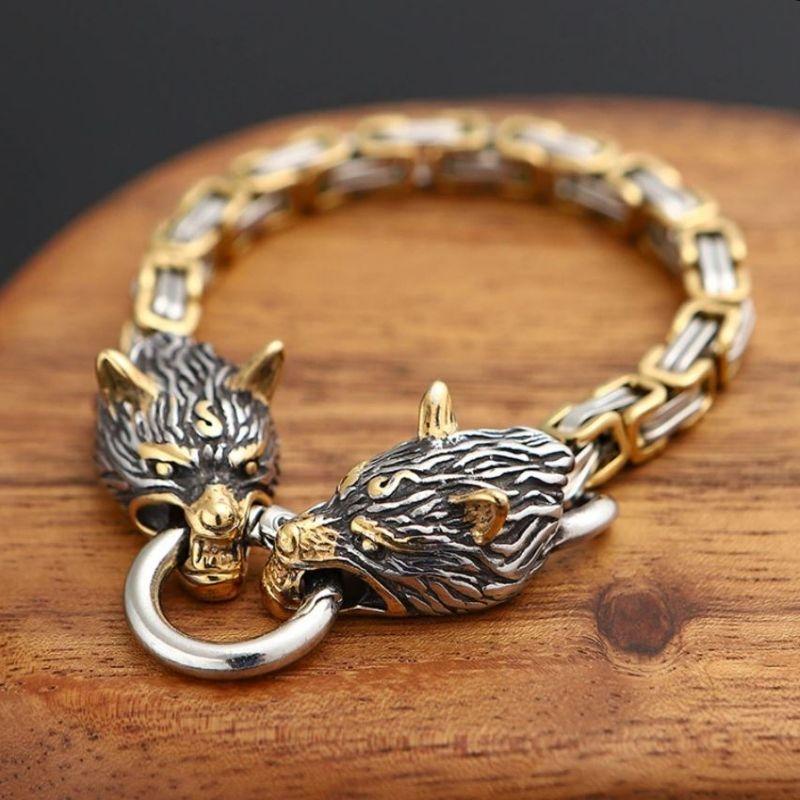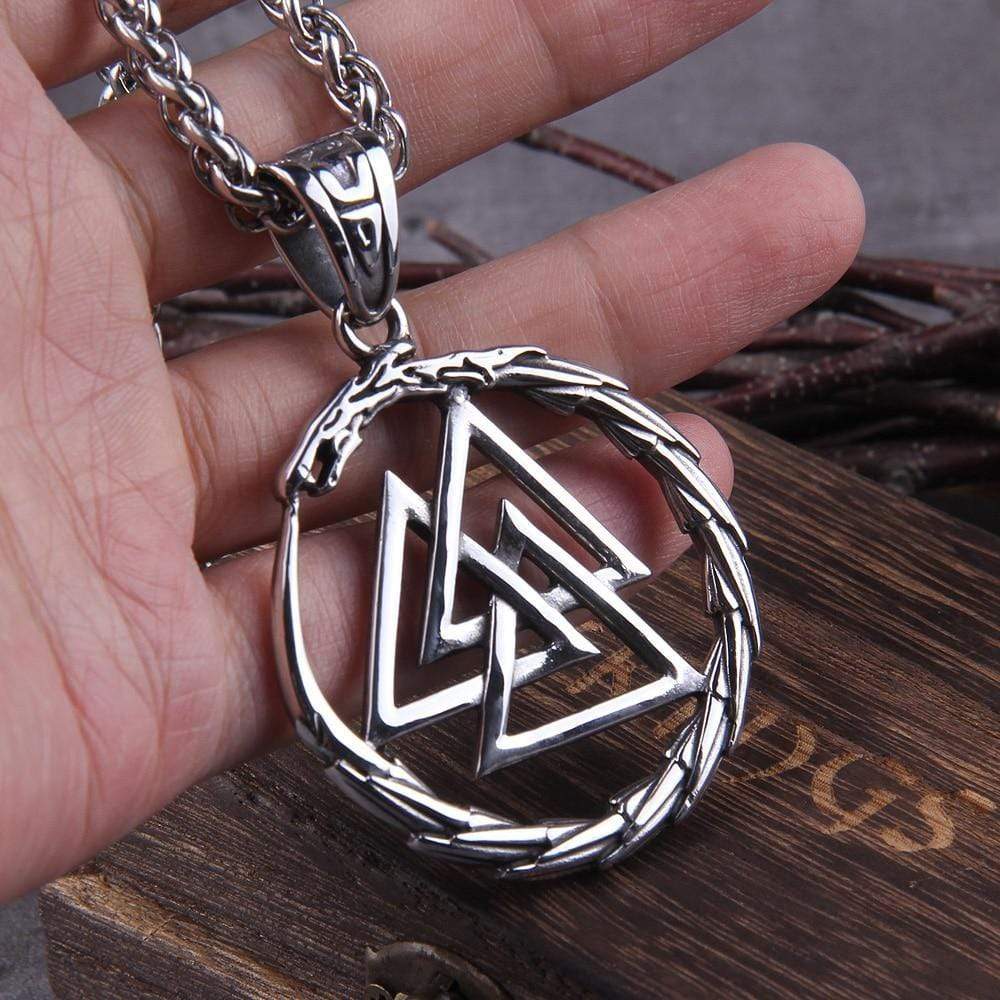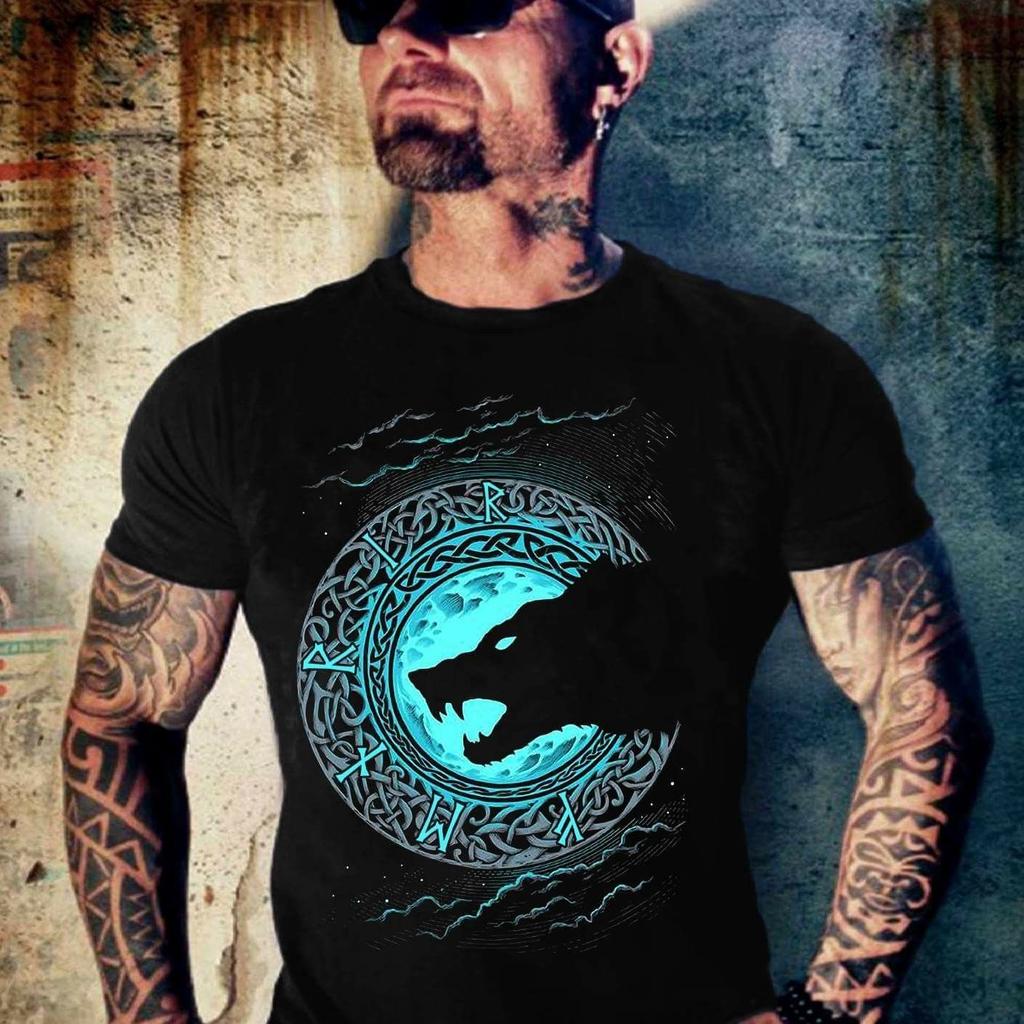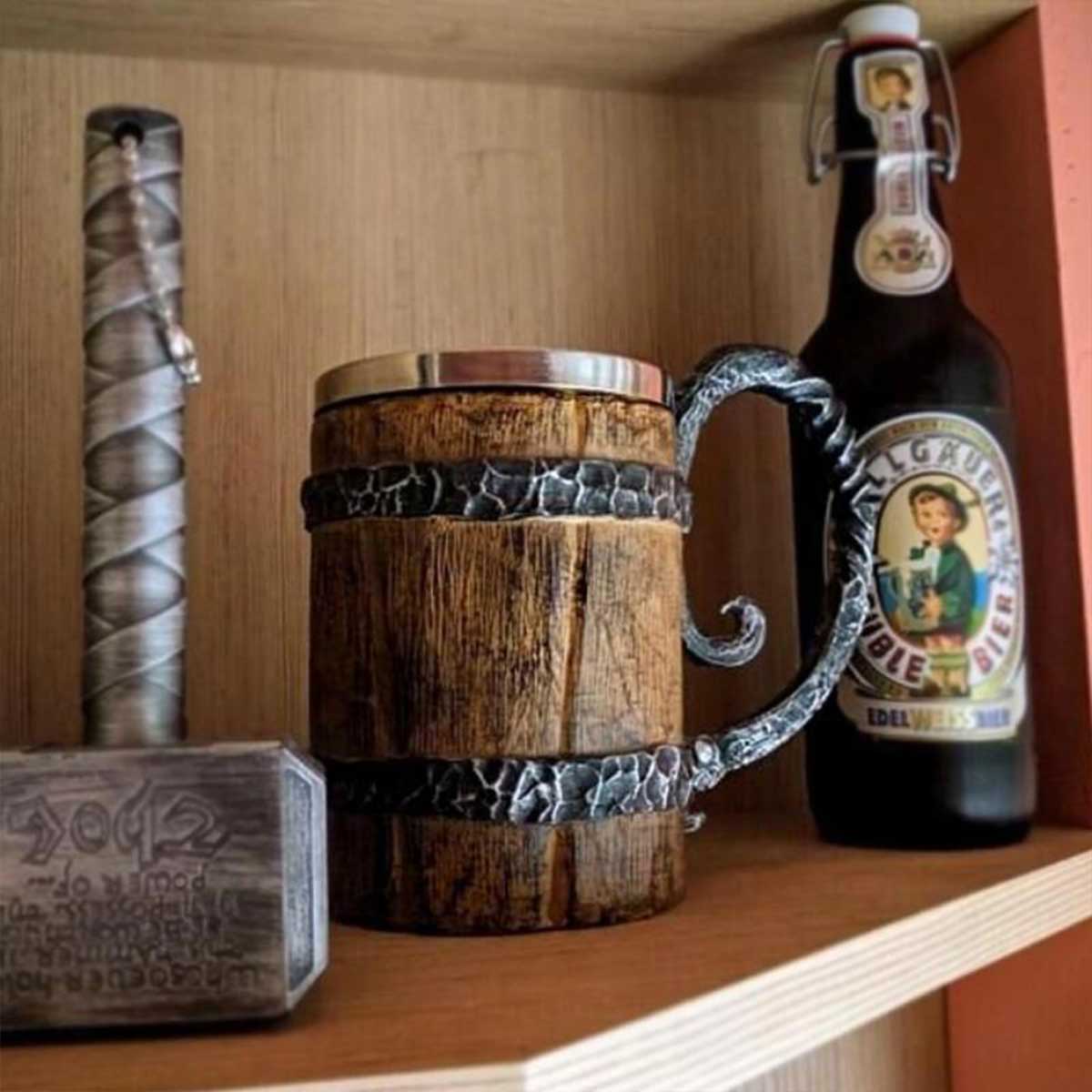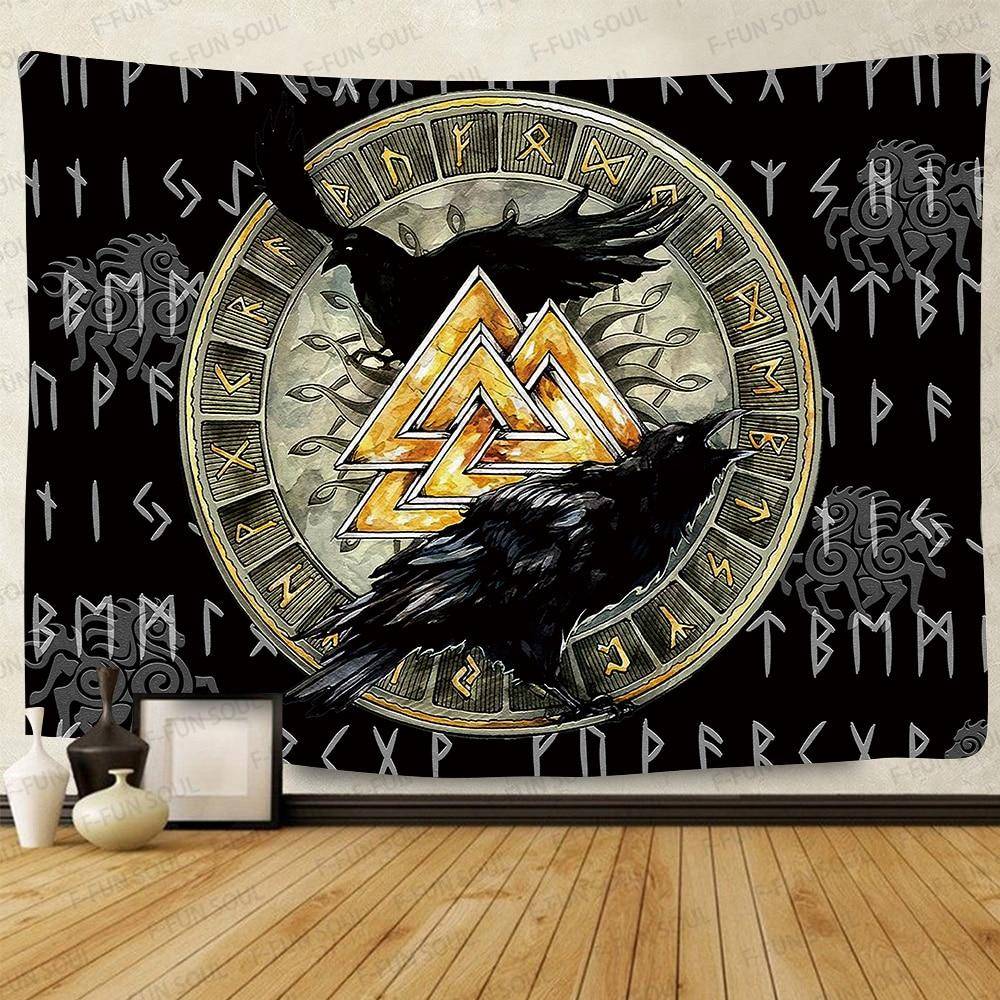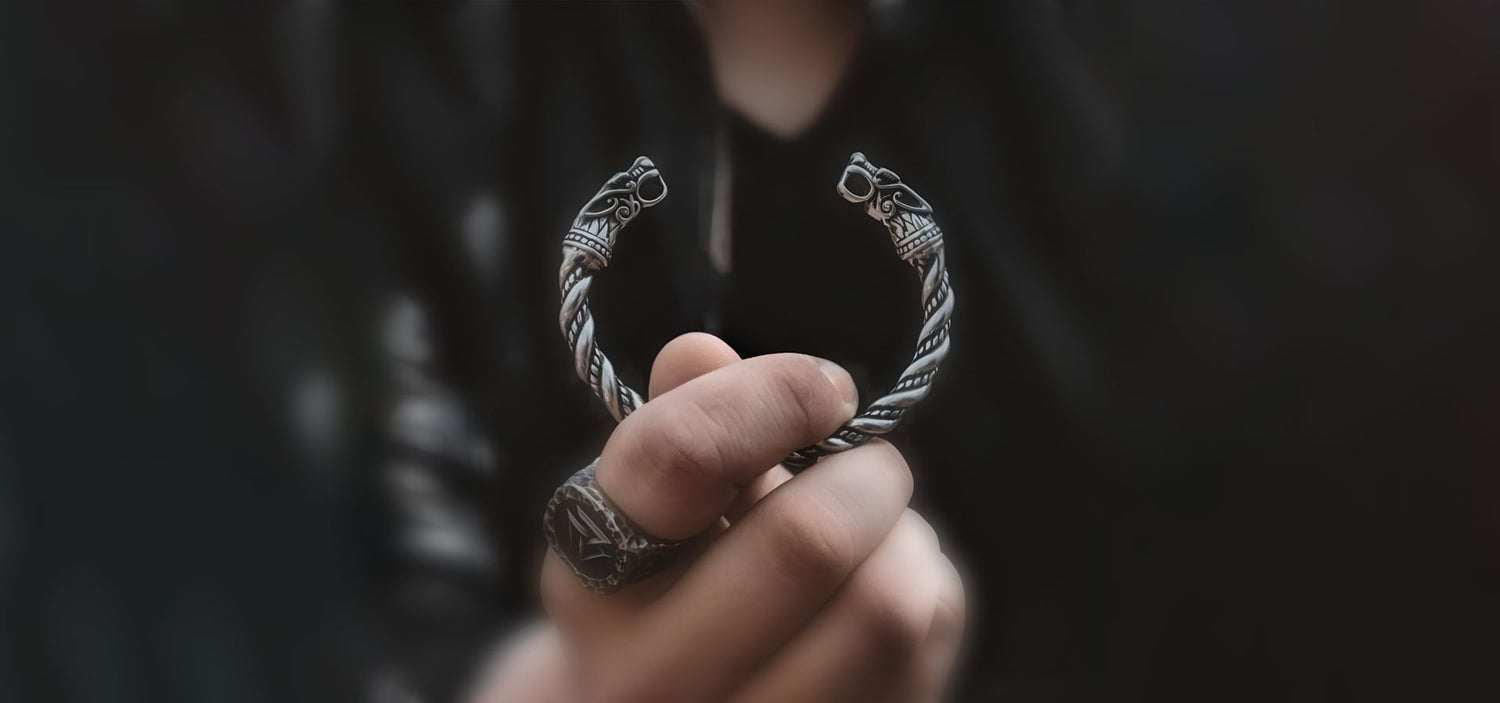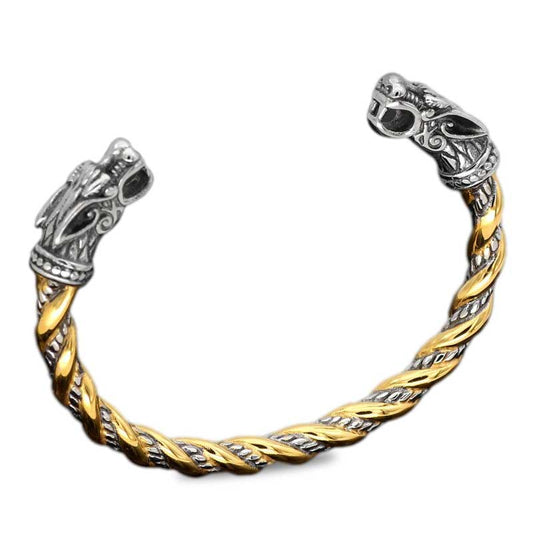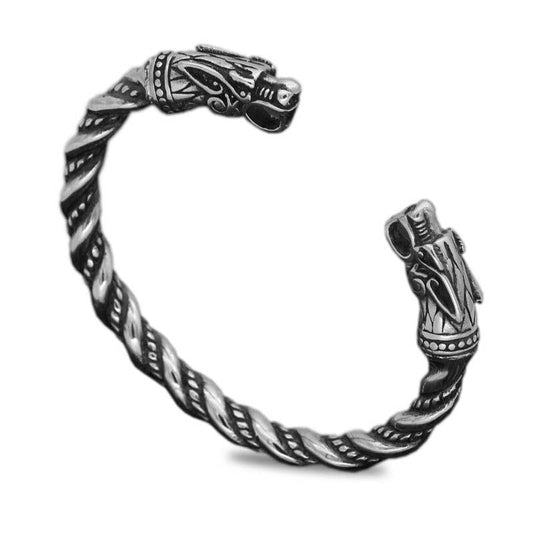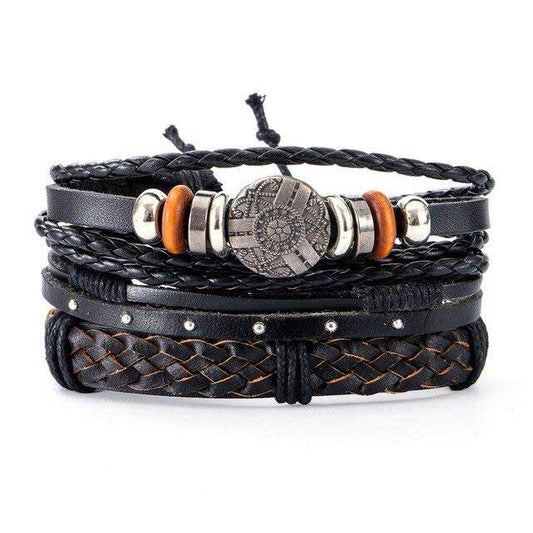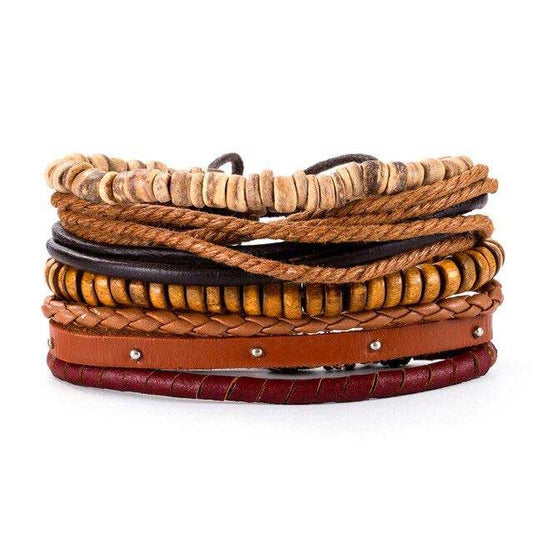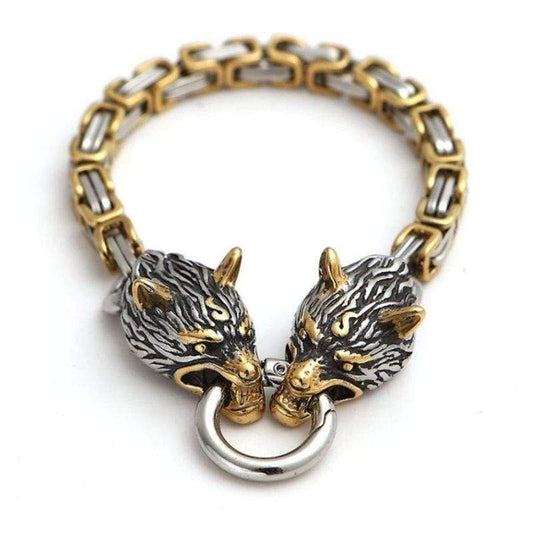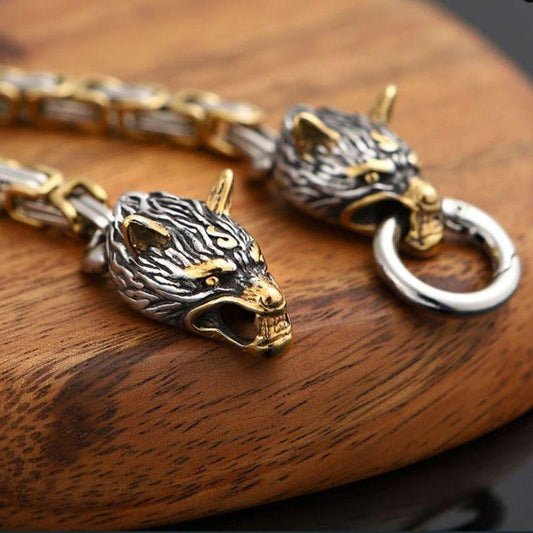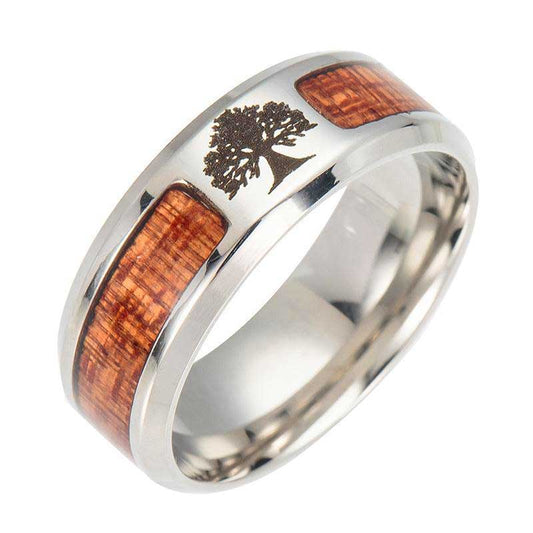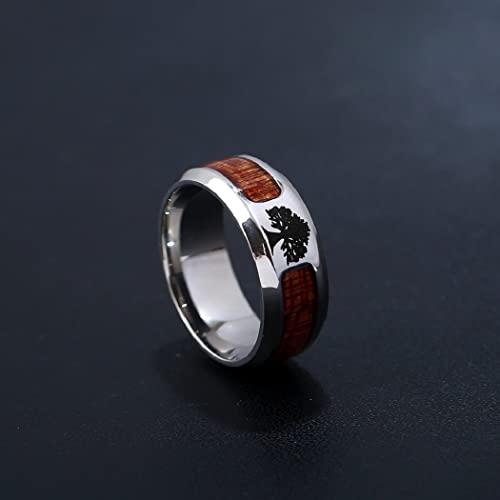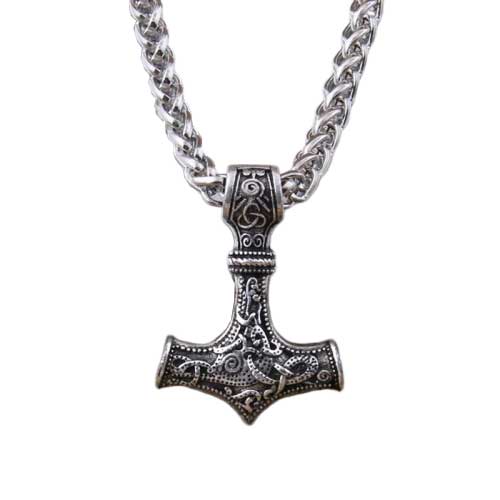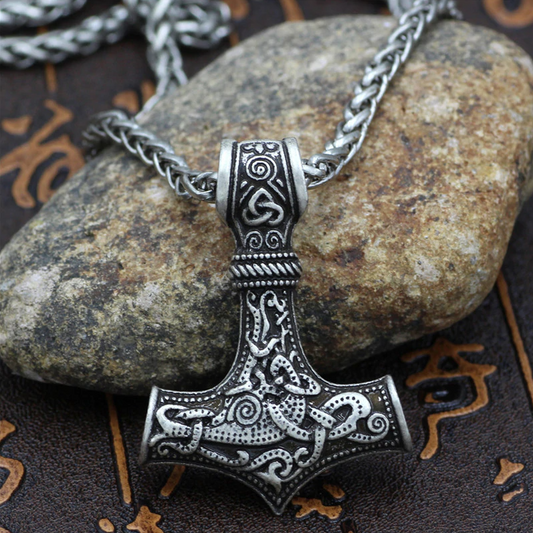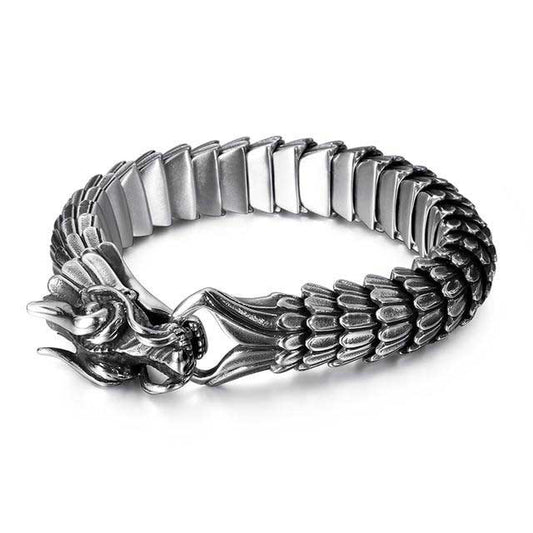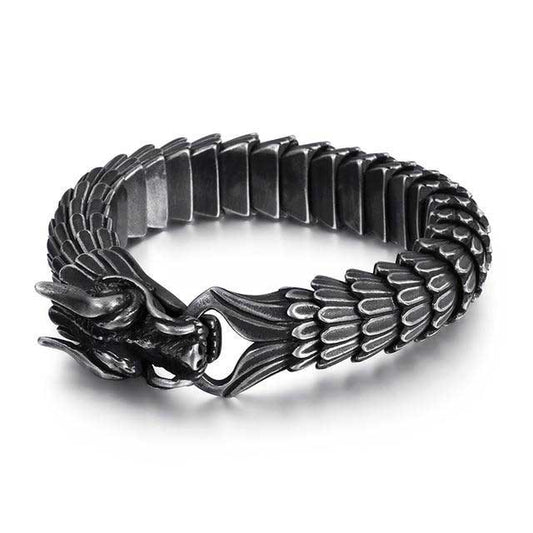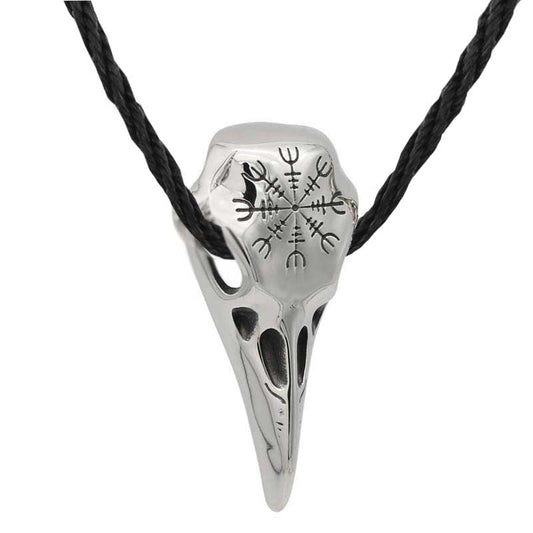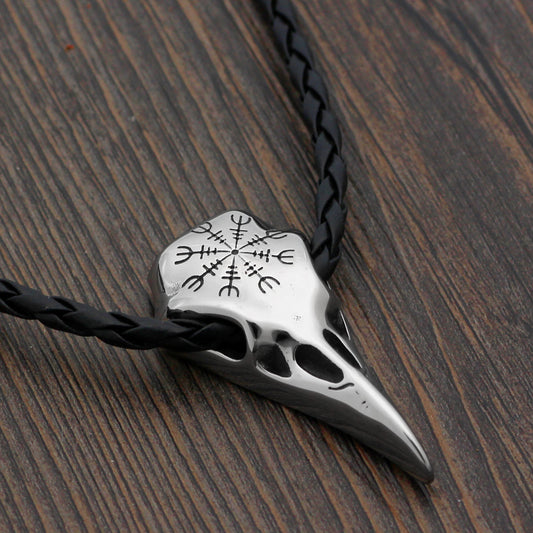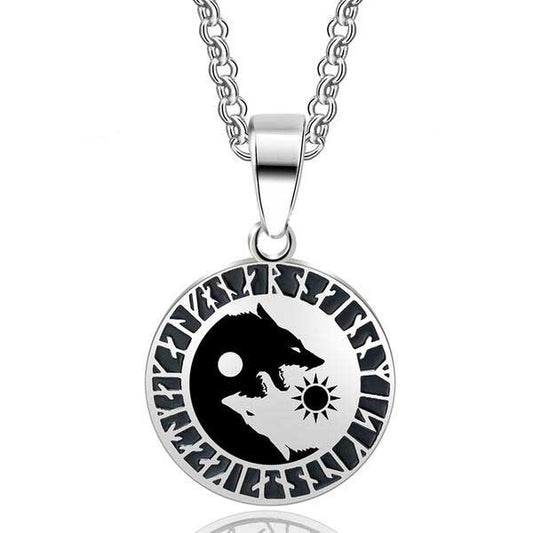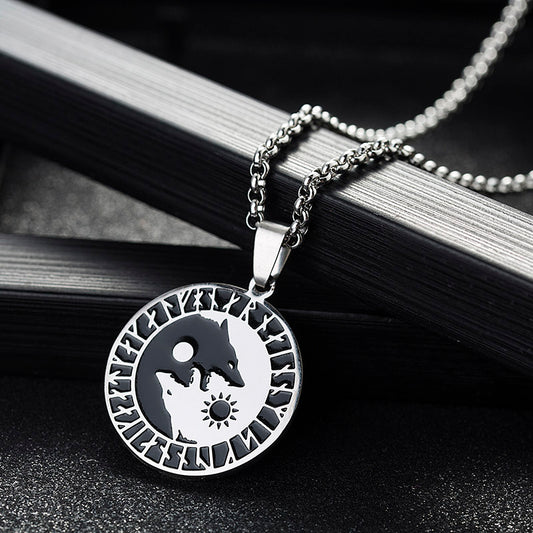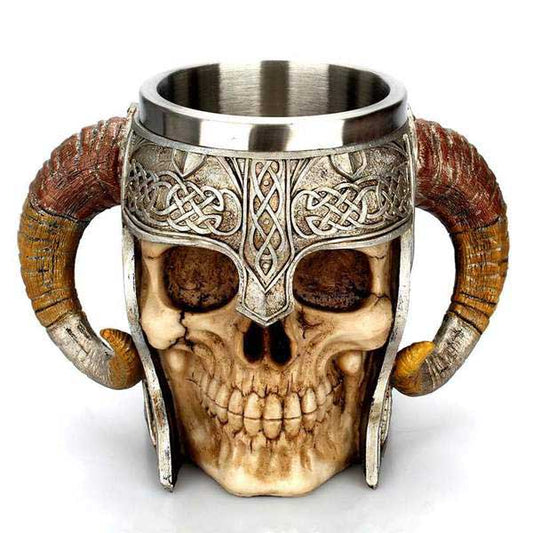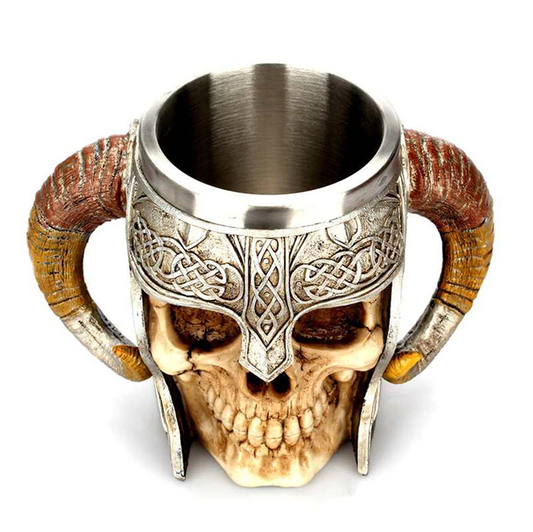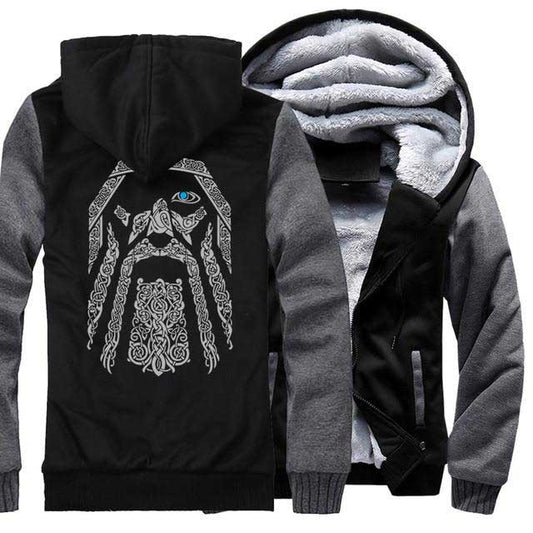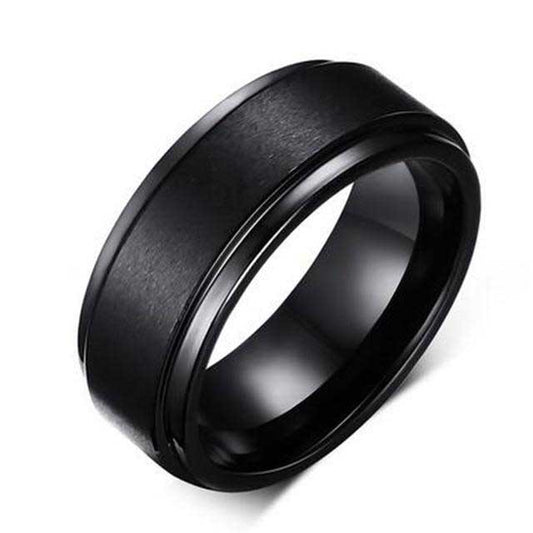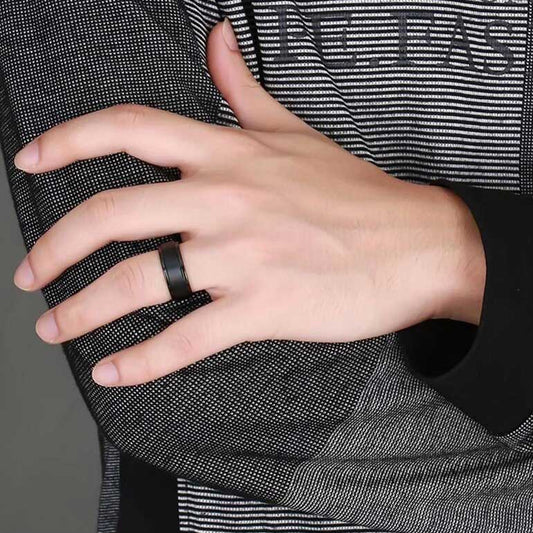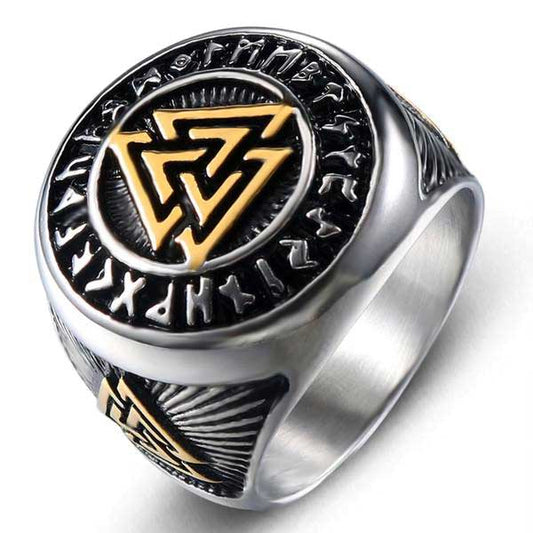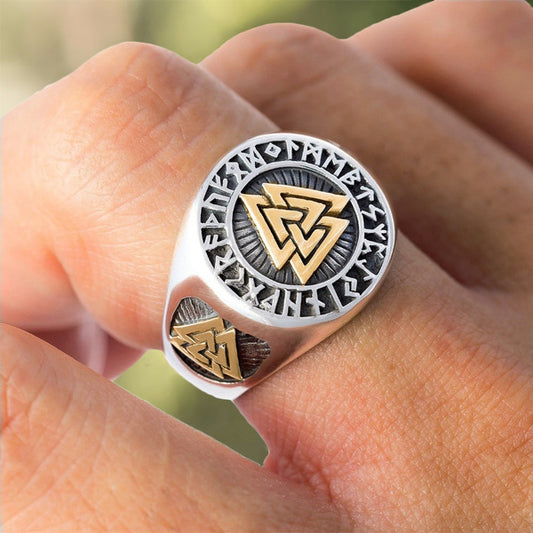Tall , muscular, long hair and beard, arms covered with tattoos , … in the collective mind, it's a bit like the image we can have of the Vikings today. In the image, finally, of those that we come across in children's books and on television screens . And, after much research and historical findings, the stereotypes fade away to give way to the truths about these peoples of the north. Among these: the presence or not of a tattoo on their body.
Did the Vikings get tattoos?
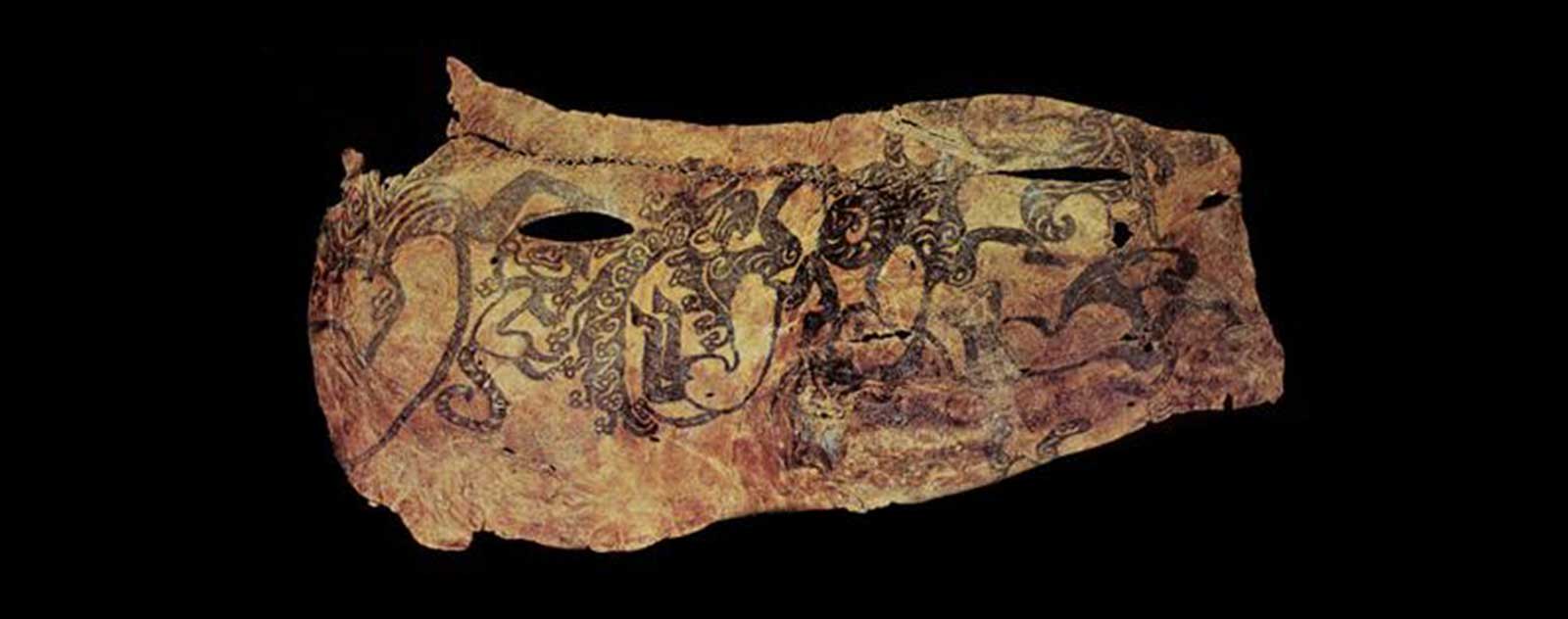
To the great misfortune of historians and the most curious, human skin is not intended to be stored properly . It is therefore impossible for archaeologists to find Viking bodies in good enough condition to guess the presence or absence of tattoos on their skin.
In the far north, an exception to the rule all the same: the body of a Scythian chief dating from 500 BC was discovered in Siberia . Buried under the frozen ground , her skin and the tattoos that adorned her survived. If the body of this Scythian leader predates the Viking traders in Russia by more than 1,000 years, it is not impossible that the warriors of the north encountered their descendants during missions in Siberia. And so that they taught them the art of tattooing.
According to the detailed writings of Ibn Fadlan, a man of letters of Arab origin, the Vikings were indeed tattooed from their fingertips to their necks . Guillaume de Malmesbury also wrote about it in the 12th century, describing Scandinavians with “the skin decorated with inlaid motifs”.
How did the Vikings tattoo themselves?

If the tattoo was really part of their daily life, it is possible that the Viking peoples used wood ash to dye their skin . Hence the bluish color of their tattoos. To leave these traces on their skin, the Vikings probably had to use traditional techniques similar to those of the Inuit or tribal peoples, among others. One of the best known is to make tools from wood or bone . These are sharpened in the shape of a clip, then dipped in ink . These sharp tools are then struck against the skin with a small stick to embed the ink.
Where did the Vikings get tattoos?
According to historical writings and the Vikings series, the warriors of the North seemed to be tattooed on almost their entire body . On the skull, back, arms, torso, but also on the thighs and calves.
What did Viking tattoos look like?

It is highly likely that Viking tattoos depicted tree symbols and figures . Illustrations originating in Norse mythology and also present on their jewelry , their weapons, their longships. We think for example of the Mjölnir hammer , the Vegvisir compass , the Valknut or the Gungnir spear . All these symbols have one thing in common: they are rich in meaning.
It is possible that the style of Viking tattoos resembled that of Celtic tattoos. While being, we suppose, much more aggressive with a very warlike style.
Meaning of Viking Tattoos Today

Today, wearing a Viking tattoo on the skin is a perfect reference to the strength of these Nordic warriors , as well as to Scandinavian and mythological legends. Battle scenes, portraits, symbols, ... all carry a strong message.
The tattoos related to the sea are very present among the amateurs of the Viking people. They represent marine scenes or simply drakkars. Tattoos related to Norse mythology are even more popular with followers of Scandinavian and Viking culture. The Fenrir Wolf and the Midgard Serpent are among the most represented. Just like the runes, the Nordic compass, the Valknut, or even the Yggdrasil.
What do the tattoos of the characters in the Vikings series mean?
If we know very little about Viking tattoos, if indeed they were really made, the characters of the Vikings series are nevertheless full of them. In addition, the make-up artists of the series absolutely insist on covering them with significant tattoos. Tattoos that allow you to express yourself, to tell and to reveal things.

Ragnar's character sports a massive amount of tattoos . Among these: a crow . In Norse mythology, the crow represents Odin's messenger. At dawn, the god's two ravens travel through all the worlds to then report to Odin what they have seen and heard. On Ragnar's skull, we can also see interlacing, representing his warrior armor , or even the head of a longship , synonymous with adventure and exploration.

Floki , a great friend of Ragnar, wears a series of runes on his skull . These shapes are actually an alphabet , although not necessarily used for communication purposes among the Vikings. As a rule, the runes were especially represented to call the Gods and ask them for help. Those tattooed on Floki's skull represent joy, energy, change and responsibility .

Rollo , Ragnar's brother, has an open-mouthed wolf tattoo on his left shoulder. This wolf is in truth a representation of Fenrir , wolf of Norse mythology and son of the god Loki. On his skin, Rollo also possesses a Vegvisir . A kind of Viking compass which, according to legend, would guide them at sea as on land, and which would help them in their decisions.
Leif , a warrior who offers himself as a sacrifice to the Gods in season 1, also sports many tattoos on his body. Among them, an Ouroboros . This drawing represents a snake biting its tail, which can easily be related to Jörmungand, the Midgard serpent in Norse mythology. The Ouroboros is a symbol of unity and rebirth .
In the series, the women are also tattooed. Thus, Lagertha has a tattoo on her upper thigh. If it is difficult to know what the latter represents, it is more obvious to say that the tattoo present on his shoulder is a symbol of armor .
Today, Viking and Norse tattoos are very popular. Whether done on the arms, legs, torso or back, these illustrations are rich in meaning and appeal. So if you want to wear one (or even one…), no doubt, you will find the one that suits you.

